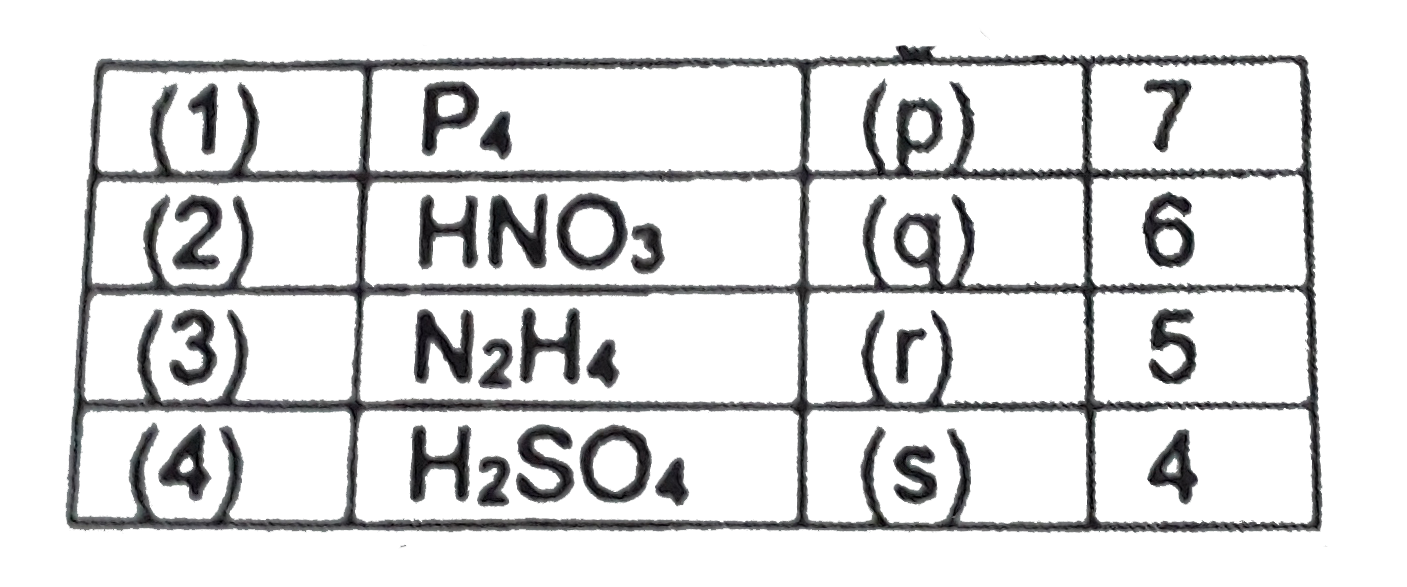In which of these options, the plants are correctly matched with the modification seen in phylloclade,phyllode and cladode respectively
(i) Opuntia , asparagus , acacia
(ii) Casuarina , acacia ,asparagus
(iii)Euphorbia , asparagus ,casuarina
(iv)Euphorbia ,opuntia ,acacia
The correct Answer is:A
To solve the question regarding the correct matching of plants with their respective modifications (phylloclade, phyllode, and cladode), we will analyze each term and its corresponding examples step by step.
Step 1: Understanding Phylloclade
- Definition: Phylloclades are flattened or cylindrical green stems that have taken over the function of photosynthesis.
- Function: They help plants adapt to dry habitats by reducing transpiration.
- Examples: Common examples include:
- Opuntia (a type of cactus)
- Euphorbia
- Casuarina
Step 2: Understanding Phyllode
- Definition: Phyllodes are modifications of leaves where the petiole and part of the rachis become flattened into a sickle-shaped structure.
- Function: They perform the function of photosynthesis, similar to leaves, and are adapted to reduce water loss.
- Examples: Common examples include:
- Acacia longifolia
- Acacia rucarba
- Acacia auriculariformis
Step 3: Understanding Cladode
- Definition: Cladodes (or cladophylls) are green stems of limited growth that also perform photosynthesis.
- Function: They replace the leaves, which are reduced to scales or spines.
- Examples: A common example is:
- Asparagus
Step 4: Matching the Options
Now, we need to match the plants with their respective modifications:
1. Phylloclade - Opuntia, Euphorbia, Casuarina
2. Phyllode - Acacia (various species)
3. Cladode - Asparagus
Conclusion
After analyzing the definitions and examples, we find that the correct option that matches the plants with their respective modifications is Option 2.
- Definition: Phylloclades are flattened or cylindrical green stems that have taken over the function of photosynthesis.
- Function: They help plants adapt to dry habitats by reducing transpiration.
- Examples: Common examples include:
- Opuntia (a type of cactus)
- Euphorbia
- Casuarina
- Definition: Phyllodes are modifications of leaves where the petiole and part of the rachis become flattened into a sickle-shaped structure.
- Function: They perform the function of photosynthesis, similar to leaves, and are adapted to reduce water loss.
- Examples: Common examples include:
- Acacia longifolia
- Acacia rucarba
- Acacia auriculariformis
- Definition: Cladodes (or cladophylls) are green stems of limited growth that also perform photosynthesis.
- Function: They replace the leaves, which are reduced to scales or spines.
- Examples: A common example is:
- Asparagus
Now, we need to match the plants with their respective modifications:
1. Phylloclade - Opuntia, Euphorbia, Casuarina
2. Phyllode - Acacia (various species)
3. Cladode - Asparagus
After analyzing the definitions and examples, we find that the correct option that matches the plants with their respective modifications is Option 2.
Similar Questions
In which of the following options, the molecules are correctly matched with their atomicity ?

View SolutionWhich is correctly matched
View SolutionWhich is correctly matched
View SolutionWhich is correctly matched
View SolutionWhich is correctly matched
View SolutionWhich is correctly matched
View SolutionWhich is correctly matched
View SolutionWhich of the following plant hormones is correctly matched with its function
View SolutionWhich is correctly matched ?
View SolutionWhich is correctly matched ?
View Solution
